The market for conventional smartphones with “glass sandwich” designs is starting to become stagnant. Global smartphone shipments have been declining for the past two years and Q3 2019 was the only quarter where there was an increase, of only 1%.
Buyers are now looking forward to new form factors and Samsung seems to have sorted that out sooner than most. While the Galaxy Fold did not have the best start, it certainly opened a whole new world of possibilities for the competition.
Needless to say, the era of foldable smartphones is coming.
Huawei, the second-biggest smartphone maker followed in right behind Samsung with the release of the Huawei Mate X. Motorola is just a week away from releasing its clamshell design Motorola Razr. LG G8X ThinQ deserves an honorable mention for its clever and innovative foldable design with a dual-screen case in the box. Microsoft also grabbed a slice of the pie with its foldable Surface Duo that also adopts a dual-screen foldable design that solves the durability problem.
Advantages of Foldables
The biggest advantage that foldables have over conventional phones is their flexible screen real estate. They offer large displays in a form factor smaller than tablets. This is not only convenient for watching movies, YouTube, playing games, or consuming media in general, but it also makes for a great portable device when it comes to reading or web browsing.
These form factors will also allow for much more efficient multitasking. The Galaxy Fold, for example, is able to display three different windows, where users can chat with friends, watch a video, and browse through online stores all at the same time.
The likes of the Surface Duo, Motorola Razr, and LG G8X ThinQ are also going to prove more durable than folding smartphones with flexible displays when it comes to accidental drops. None of these devices have their screens exposed when folded.
One more point in favor of foldable phones is that they’re bigger and thicker than ordinary phones. This will allow manufacturers to put in much more hardware that they simply couldn’t fit in before. The Galaxy Fold has 6 camera lenses and two large batteries, so it is easily imaginable how much more features manufacturers will be able to stuff into the phone.
Their Shortcomings
Foldable smartphones are going to cost a fortune for at least the next few years. The Samsung Galaxy Fold costs $1980 right now, Huawei Mate X is going for $2403, and the clamshell Motorola Razr is rumored to cost at least $1500 for mid-range specs. These prices are not expected to go down until the third or fourth generation of foldable smartphones.
At this point, these prices will only attract early adopters and fans excited about the new technology.
Another major shortcoming on foldable smartphones is their fragile displays. Since glass cannot bend, current foldable smartphones like the Galaxy Fold, use plastic on their screens. This makes them highly prone to scratches, so much so that even fingernails can cause permanent damage to the screen.
These devices being thicker than conventional smartphones is also a disadvantage. Nobody likes phones that are hard to stuff inside pockets and TCL’s tri-folding concept smartphone is going to be a nightmare in this case.
Since this technology is relatively recent, users are likely to run into teething troubles that come with new designs and form factors.
Expected Future of Foldables
The biggest drawback of foldable displays right now is their fragileness. The Galaxy Fold’s display is made out of plastic, and since the Mate X has a foldable display as well, it is also expected to be highly prone to scratches. Unlike the Galaxy Fold, the Mate X’s screen folds outwards so it is always exposed, making it even more unsafe than it already is.
This is where Microsoft’s Surface Duo takes the lead. Instead of one bendable screen, the Surface Duo has two screens that are made out of glass and connected together with an extremely thin hinge. This eliminates the need for plastic and the risk of fragileness. It is very likely that the Surface Duo’s foldable design is going to take off more than the Galaxy Fold for this reason.
The LG G8X ThinQ also adopts a durable dual-screen design. The phone can be placed into the dual-screen accessory which not only acts as a physical cover but also makes the phone a foldable dual-display device like the Surface Duo.
Samsung and Huawei either need to switch over to the dual-screen side, or come up with a technology that keeps the display durable while also being foldable. As of now, it is expected that the Surface Duo’s or LG’s design is going to prove more successful than Galaxy Fold/Mate X for their durability and price.
Only time will tell whether Motorola’s clamshell smartphone display turns out to be more durable than the others. The same goes for Samsung’s future clamshell device that was teased a while ago.
Verdict
For now, it is recommended that users wait until the prices of these devices go down and more options become available in the market. It is still a new technology and we’ll have to wait and see how it is received, and how manufacturers adapt to the needs of customers with future models.
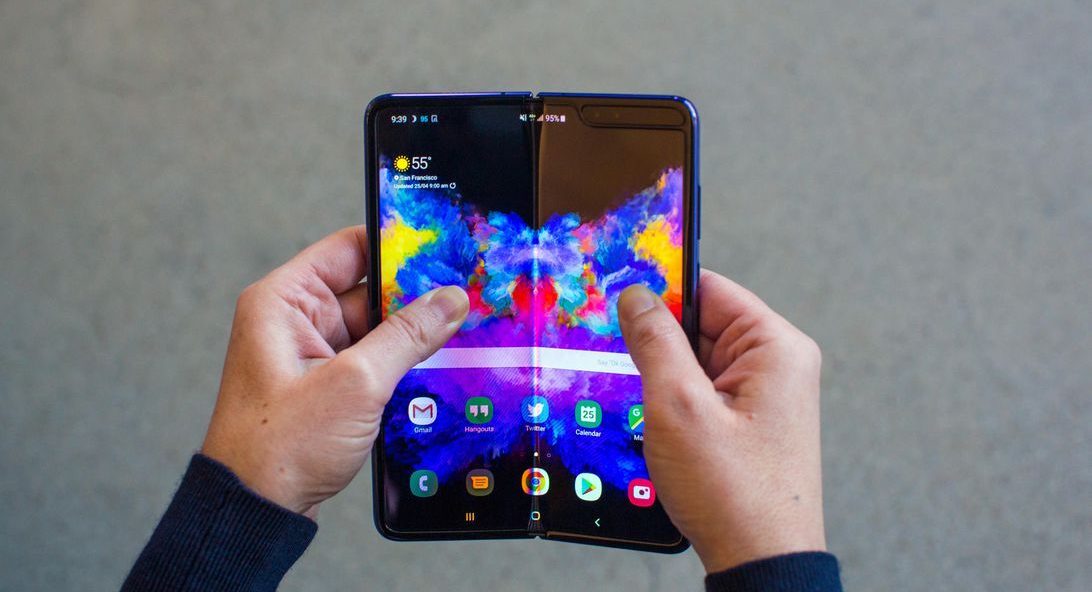
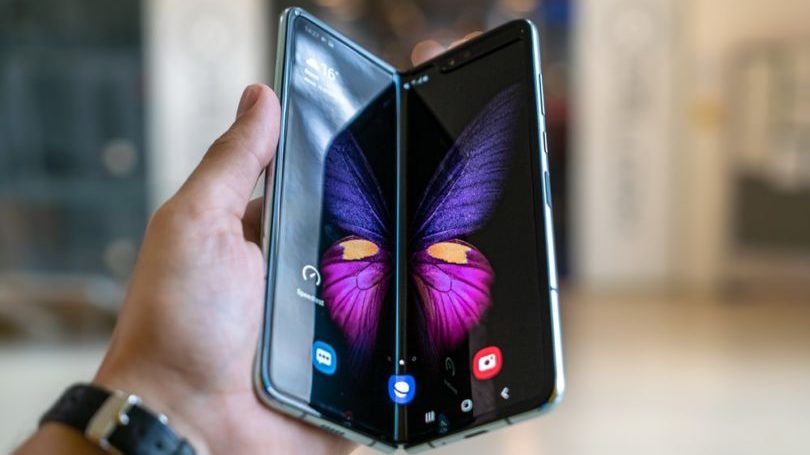
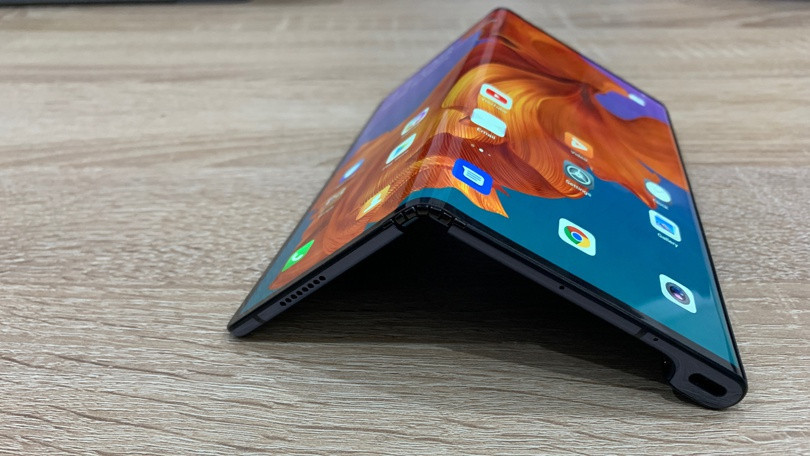
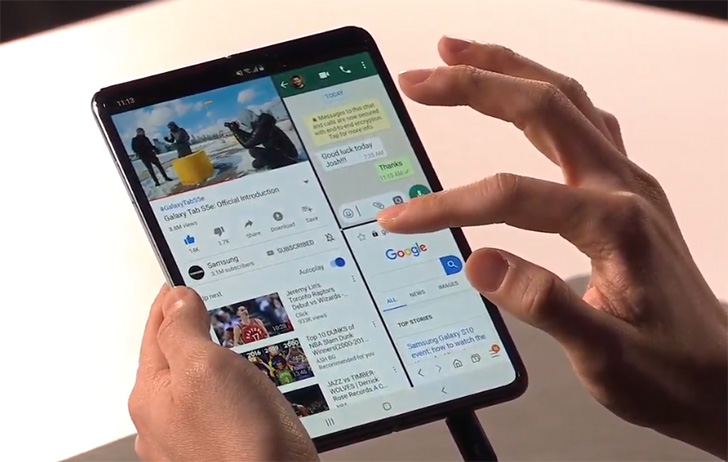
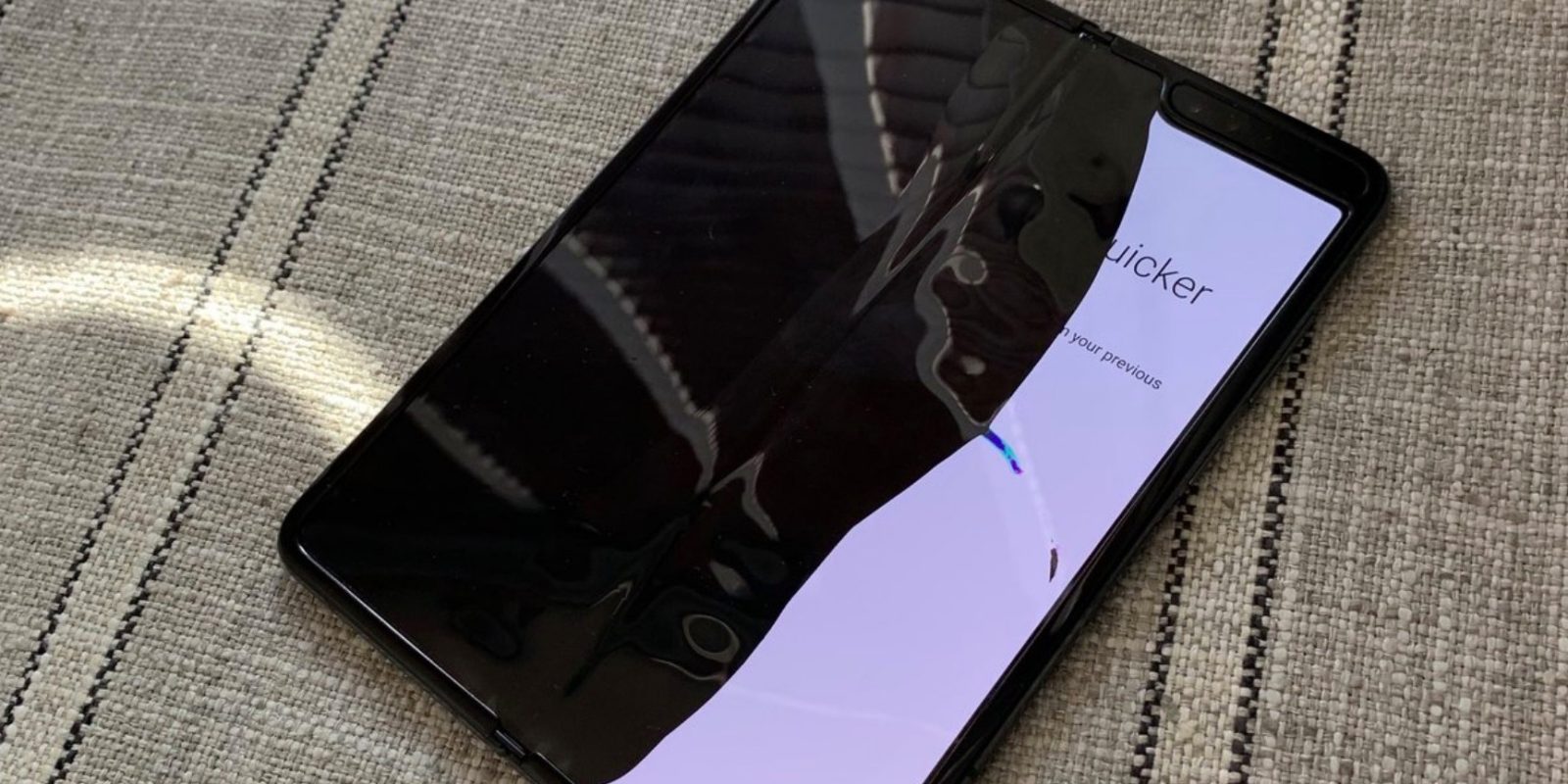
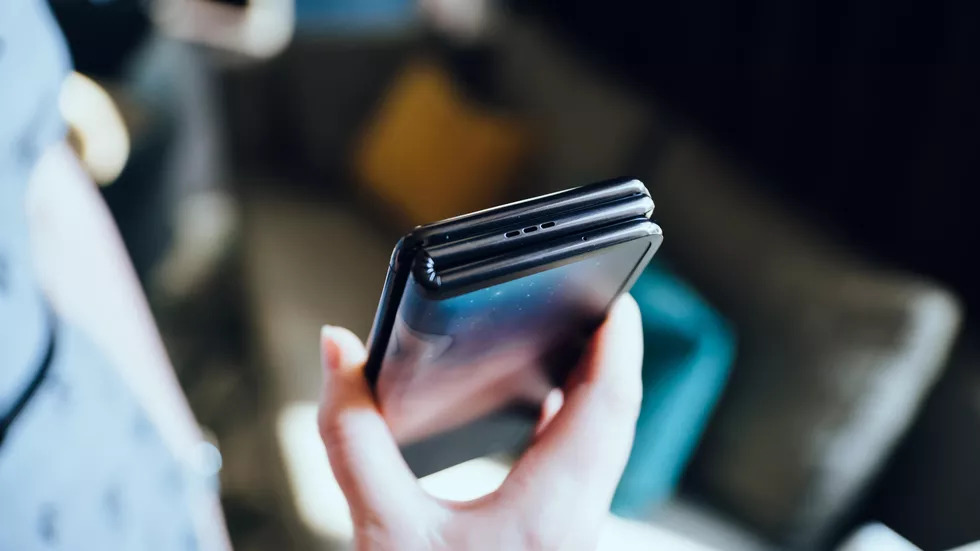
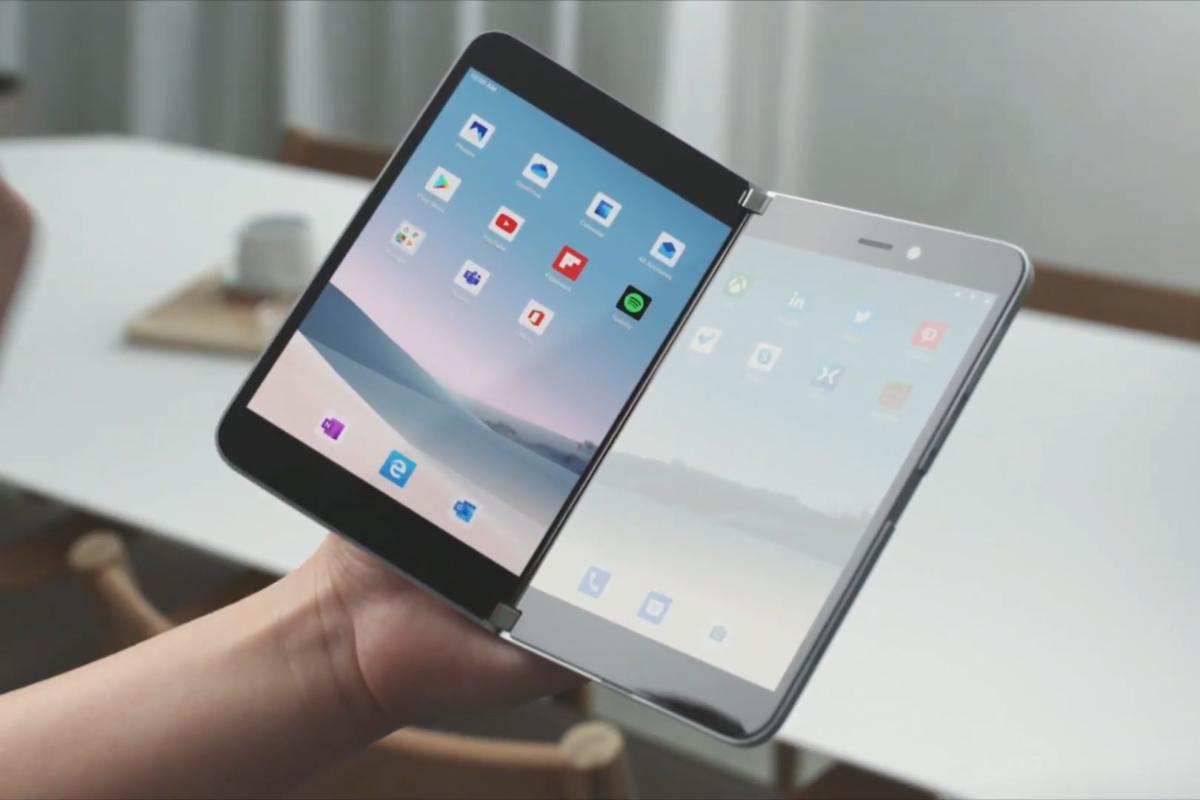
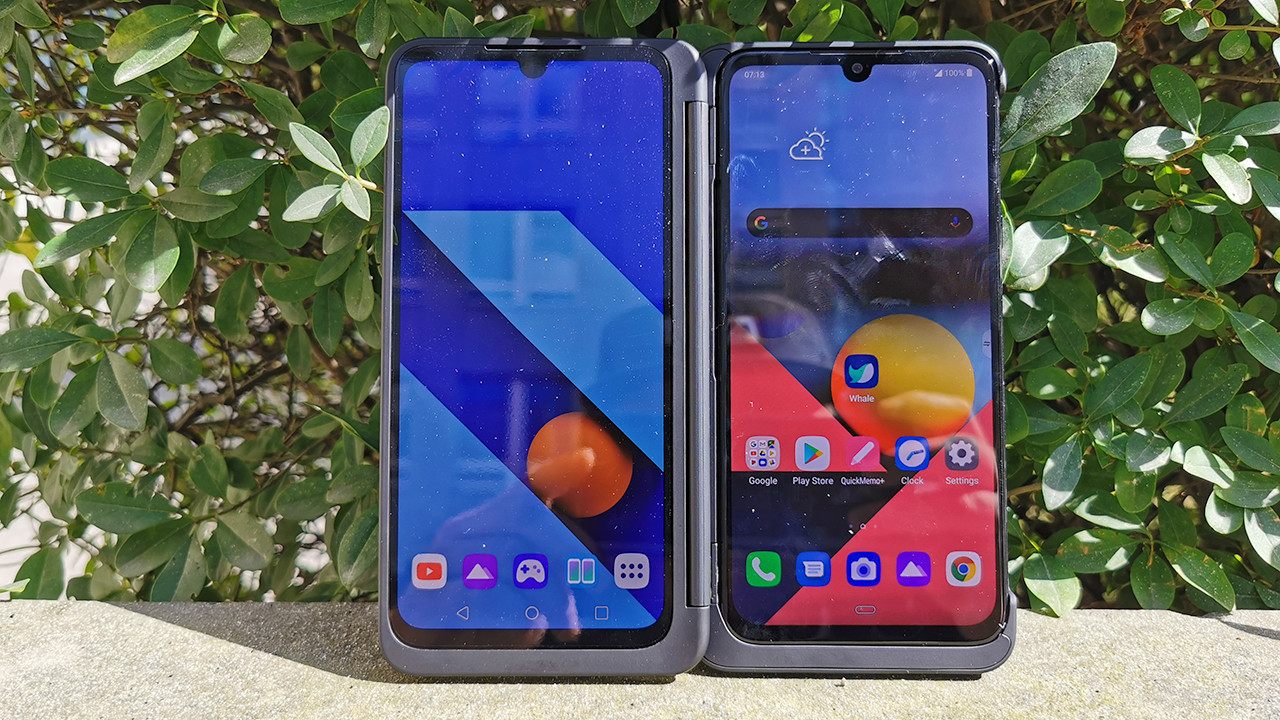





















They are not good as double sided screen phones
Technology is growing so faster, as we can’t predict what next in coming few years. Now the thing would be, can we get rid of these physical toys and have magic of show and hide when needed :p, joke for now, idea for future :)
I’ve read this 3 times and I’ve still no clue what you’re trying to say